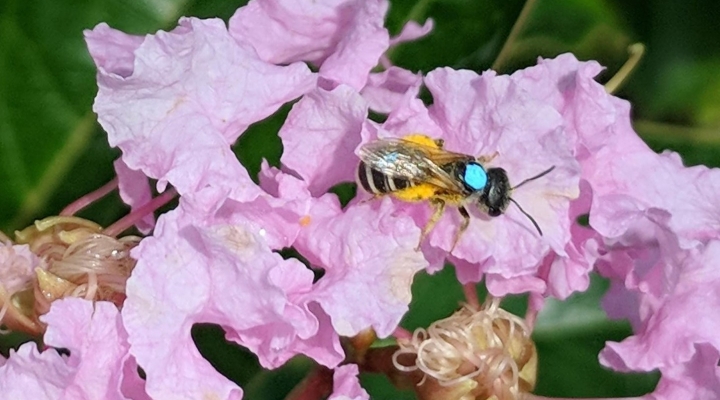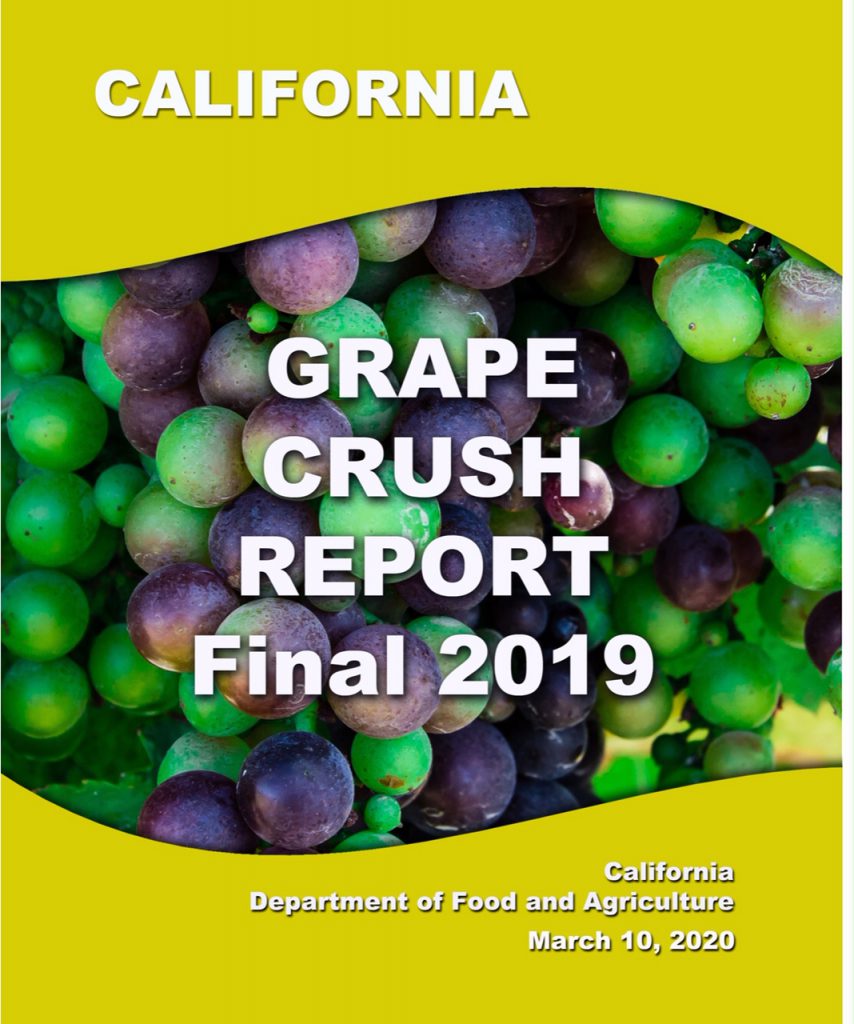Note – Last night, as California Governor Gavin Newsom issued a stay-at-home order for state residents due to COVID-19, his office released an executive order providing additional details. The executive order includes this: “The federal government has identified 16 critical infrastructure sectors whose assets, systems and networks, whether physical or virtual, are considered so vital to the United States that their incapacitation or destruction would have a debilitating effect on security, economic security, public health or safety, or any combination thereof. I order that Californians working in these 16 critical infrastructure sectors may continue their work because of the importance of these sectors to Californians’ health and well-being.”
One of the 16 critical infrastructure sectors is Food and Agriculture.
Message from Secretary Karen Ross
Throughout this ongoing emergency, California has maintained its focus on public health, first and foremost. Hand-in-hand with health, of course, is nutrition. Our food supply is a critical part of our society’s infrastructure, and the nourishment from that food is integral to healthy immune systems. From seed to consumer, that food supply chain must remain in constant motion to get store shelves restocked and keep Californians healthy.
California is proud to be the cornerstone of our national food supply. The federal Coronavirus Task Force has specifically stated that the food supply is a “critical infrastructure industry,” and that workers in this sector “have a special responsibility to maintain your normal work schedule.”
Our farms and ranches, their suppliers, the food processing facilities, the delivery companies, the retailers… every member of our food supply chain is also a member of the affected community. Of course there will be some disruptions along the way as workforces are affected and contingency plans are activated. But we’ve planned for this, from grower to consumer, to ensure that disruptions are manageable and that Californians continue to have a safe, reliable and nutritious food supply.
To that end, CDFA is also working to ensure that our inspectors and other field staff have the credentials and information they need to assure local officials, private companies, consumers and other partners that we are conducting critical activities that are integral to the state’s COVID-19 response. Rest assured that the harvest continues – as it does every day of the year here in California.
Likewise, it is essential that critical infrastructure and supply chains are protected, and that all elements pertaining to the food supply remain operational, including our workforce that is vital to the food supply.
With that in mind, the CDFA web site now includes a Coronavirus Resources for Food and Agriculture page, which is being updated frequently.
Here is our state’s most current guidance regarding “COVID-19 and the Food Supply.”
COVID-19 and the Food Supply
A PDF of this document is available here.
Also available in Spanish (español).
This guidance is based on what is currently known about the transmission and severity of COVID-19. The California Department of Food and Agriculture, in consultation with the California Department of Public Health (CDPH), will update this guidance as needed and as additional information becomes available.
Local environmental health and public health agencies may have additional guidance and/or requirements regarding these operations in their jurisdiction.
BACKGROUND
Food and agriculture is a critical sector in the critical infrastructure of the nation, as defined by the Department of Homeland Security, and it is an essential part of keeping supply chains full and people nourished. The food supply is vital to protect against disruptions that would pose a serious threat to public health, safety, welfare, or to the national economy. The entities that make up the food supply are vast and must prepare for possible impacts of COVID-19 and take precautions to prevent the spread of COVID-19 as well as other infectious diseases.
We are gaining more understanding of COVID-19’s epidemiology, clinical course, immunogenicity, and other factors as time progresses, and the situation is changing daily. CDPH is in the process of monitoring COVID-19, conducting testing with local and federal partners, and providing guidance and resources to prevent, detect and respond to the occurrence of COVID-19 cases in California.
FOOD SUPPLY
As defined by the federal government, the food supply makes up critical infrastructure from farm to table and includes assets, systems, networks, and functions that provide vital services to the nation. It is essential that federal government-defined critical infrastructure and supply chains are protected, and that all elements pertaining to the food supply remain operational, including a workforce that is vital to production of the food supply.
More information is provided in the National Infrastructure Protection Plan to
help further clarify these critical
infrastructure systems.
BEST PRACTICES GUIDELINES
Food producers and manufacturers have been required by longstanding federal and state laws and regulations to prevent anyone who is sick or has a communicable disease from handling, processing or preparing food for human consumption. Thus, industries handling food and agricultural commodities are well practiced at this important and general principle of food safety and hygiene. It is important to follow recommendations as set forth by the CDC as well as those outlined below:
- Maintain diligence in good hygiene, monitor for employee illness, and adhere to social distancing guidelines as possible.
- Adhere to your Sanitation Standard Operating Procedures (SSOP), ensuring that those supervising staff and operations are vigilant in their oversight.
- Ensure adequate frequency of cleaning and sanitizing per CDC Environmental Cleaning and Disinfection guidance.
- Adhere to cleaning and sanitizing frequency of restroom and other high contact areas.
- Consider ways for employees to easily identify themselves (business card, company ID badge) outside of business operations for ease in transportation to and from work while adhering to local ordinances.
According to both the U.S. Centers for Disease Control (CDC) and the United States Department of Agriculture (USDA) there is currently no evidence to support transmission of COVID-19 associated with food or food packaging. The CDC is also reporting that, in general, because of poor survivability of the coronavirus on surfaces, there is likely a very low risk of spread from food products or packaging that are shipped over a period of days or weeks at ambient, refrigerated, or frozen temperatures.
Labor is a vital component to the food supply, from farm to fork. California has among the highest standards for food safety, which includes worker health and hygiene standards supported by labor laws that are very specific about paid sick leave for those individuals that may be affected by COVID-19 and unable to work.
Transportation: Governor Newsom’s Executive Order on transportation “to allow timely delivery of vital goods” is also an important part of this discussion.
For additional information and FAQs please visit:
https://www.whitehouse.gov/wp-content/uploads/2020/03/03.16.20_coronavirus-guidance_8.5x11_315PM.pdf
https://www.fda.gov/emergency-preparedness-and-response/mcm-issues/coronavirus-disease-2019-covid-19-frequently-asked-questions
https://www.cdc.gov/coronavirus/2019-ncov/community/organizations/businesses-employers.html
https://www.cdc.gov/coronavirus/2019-ncov/faq.htmlhttps://www.usda.gov/coronavirus







